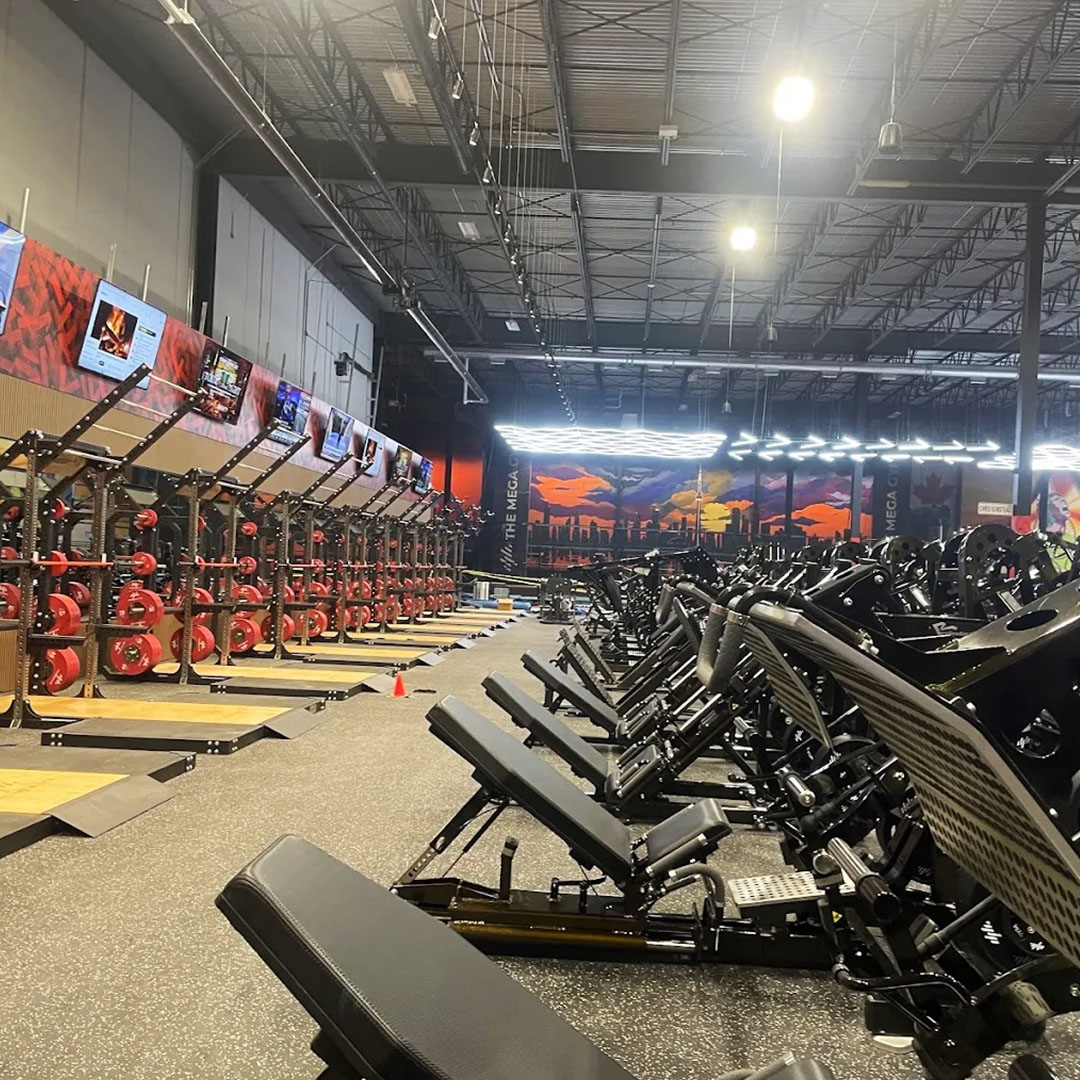
Yoga and Pilates are often put into the same category, but one is a holistic discipline originating from ancient India, and the other is a specific physical system derived by a German anatomist in the early 20th century. While there might be a lot of cross-over between Yoga and Pilates, the two are inherently very different.
Yoga and Pilates both offer connection to the body and relieve stress, develop flexibility, strength, control and endurance. Here are the main differences between Pilates and Yoga so you can decide which is best for you.
What Is Pilates?

Both Pilates and Yoga are low-impact exercises, but the most important difference between the two is, in Yoga you typically adopt a position and hold it, or flow into a different position. On the other hand, in Pilates, you adopt a position and then challenge your core by moving your arms or legs. Both forms of exercise are meant to increase strength and flexibility.
Pilates was created by Joseph Pilates who was an anatomist and a mechanical genius, making it into a physical system that uses very specific targeted exercises to improve strength, flexibility and posture with particular focus on the core. Classical Pilates, is a combination of mat work with other Pilates apparatus, in its truest form. Pilates moves require stabilizing your core before you get going through a series of range-of-motion exercises.
Benefits of Pilates
There are several benefits that you can achieve by incorporating Pilates into your routine such as:
- Avoiding bulk: During Pilates movements, the focus is on strengthening and lengthening the muscles which produces long, lean, strong overall muscle tone that helps in avoiding body bulk.
- Improves posture: Focusing on proper body alignment your posture would be improved by standing taller, sitting straighter, and would be able to move with better coordination and balance.
- Inner strength: You will become better in tune with your individual needs, helping you train efficiently and effectively.
- Stress relief: The mind-body connection that you will achieve during Pilates will help relieve external stress.
- Increased energy: Pilates workout leaves you feeling energetic, with a clear, focused mind.
- Eliminates toxins: With regular Pilates workouts, you may begin to see improvements with your digestion system, increased metabolic rate as well as a healthier immune system.
Pilates also provides various other benefits including improvements in bone density, pelvic floor function, and lung capacity amongst many others.
Check out the video to know some gentle Pilates moves that you can practice at home:
What is Yoga?

Yoga is an ancient spiritual practice rooted in India which is a combination of physical poses (asanas) and breathing techniques (pranayama). Yoga is also known to be meditative because it has some elements of mindfulness and it was created for both men and women in India over 5,000 years ago and its core purpose was intended towards connecting human consciousness with the universal consciousness through physical and breathing activity. Yoga was designed to improve physical health, emotional health, and spiritual health focusing on flexibility, while being extremely therapeutic. The meditative aspect of Yoga tends to attract people who are seeking to improve their fitness while also de-stressing.
There are many different types of Yoga that range from relaxing to physically stimulating, such as: Hatha Yoga, Vinyasa Yoga, Ashtanga Yoga, Iyengar Yoga, Bikram Yoga, Hot Yoga, Kundalini Yoga, Restorative Yoga and Yin Yoga.
Benefits of Yoga
Yoga offers several health benefits which includes improving endurance, controlled breathing, and sometimes even difficult physical movements. Other benefits of Yoga include:
- Reduces low-back pain and neck pain.
- Improves balance.
- Enhances sleep.
- Reduces stress and stress-related illnesses (tension headaches).
- Eases the pain of knee osteoarthritis.
- Helps with weight loss.
- Reduces some symptoms of menopause.
Make sure to consult your doctor first if you have certain health conditions such as spinal discs problems, Osteoporosis, risk of blood clots, eye problems, including glaucoma, balance problems, high blood pressure, etc. If you have one of these conditions, some Yoga poses may not be suitable for you, but you can benefit from others asanas.
Here are some commonly practiced Yoga asanas that can be beneficial:
The Mental Benefits of Yoga and Pilates
Both practices teach breathing techniques that can help to combat feelings of stress and anxiety, while both traditionally encourage people to align the body with the mind and spirit, taking time to focus on self-care. Being a holistic system, Yoga also includes meditation, taking the time to connect with the body, breath and mind having the opportunity to slow down in our busy lifestyles, focusing towards our inner-selves.
Yoga has an extremely balancing effect on the nervous system through the use of deeper breathing and also works as a detoxifying practice through the different postures, hydrating your body by bringing and circulating fresh blood to the organs and joints.
All of the above is true of Pilates too, as it offers slow-paced discipline that also focuses on the breath work. Bertali says. Pilates requires good concentration of your body and breath with a deep focus needed for advanced level Pilates all of which can help to boost your mental health.
It’s also likely that both Yoga and Pilates are just simple opportunities to steal some ‘me time’, which is another reason they’re celebrated for stress-relief, and overall wellness.
What and How to Choose Between Yoga or Pilates
They both look like a relaxing way to exercise, so how do you choose between them? Pilates and Yoga both can be practiced using a mat, and both help to create a lean, toned physique while also helping in mental well-being.
If you want to stick to one form of exercise for now, here are a few tips to help you decide between Yoga and Pilates, depending of your health, fitness and overall wellness goals:
- If you are trying to lose weight, Pilates can be practiced using machines that add cardio to your poses helping you burn additional calories.
- Yoga can be the most effective exercise to combat depression or anxiety as it focuses on the mind as well as the body with added breathing exercises. Concentrating on your breathing and sending your breath to specific problem areas that are holding stress can help relax these muscle groups in your body.
- Pilates are a lot more intense and results may be noticed much quicker than Yoga; therefore a firmer core may be easier to obtain.
- When attending Yoga group fitness classes, the instructor can offer helpful advice for those with back pain.
- One of the main differences between Yoga and Pilates is that Yoga can be used for improving the flexibility of the body and joints while Pilates focuses on trying to relax yet strengthen tense muscles.
Both Yoga and Pilates are great ways to strengthen and tone your body while relieving stress and gaining flexibility so we encourage you to try both!
Take-Away
It is for you to try and decide whether Pilates or Yoga is better suited for your health and wellness. If you want to increase your strength and flexibility, Pilates might be the better choice to gain results quickly.
On the other hand, Yoga can be chosen if you want to improve your overall wellness. Yoga poses have different effects on men and women, which can be learnt in a Yoga class. Feel free to ask your Yoga instructor about the benefits of every asana you perform so that you know what and how it’s impacting your mind and body.
Your instructor of the Yoga or Pilates class also makes a big difference in how effective the exercise is as they lead your path to improving your health and wellness. The key to long-term success is consistency so find an instructor, or class that motivates you to be consistent. Once you’re on your mat and you begin the movement, everything from then on would be beneficial!







